My career in education began in 1983 in Phoenix, Arizona as a teacher and counselor in a residential treatment center. Many of these kids were the products of abusive homes, some had prison records, and others had simply been abandoned by their parents. I taught high school academics during the day, and depending on who had quit that day, often became a counselor and surrogate parent at night. Because of their ages and perhaps due to their limited exposure to what would be considered normal relationships, many of the topics we discussed in the evenings focused on sex and relationships.
After three years, I moved to a nearby inner-city public school district, and for the next twenty-two years, I taught every grade level from K-8--my final eight as a junior high school English teacher and academic coach. Many of these students also came from dysfunctional families in which positive role models were not present. Once again, my role of teacher expanded to include counselor and part-time parent. Questions about sex and relationships were asked and answered with care, not wanting to run the risk of being accused of holding impromptu sex education classes. There had to be a better way, I thought. I soon discovered that through activities designed around a few of the young adult novels that I had in my possession- e.g., The Giver, The Outsiders, Speak, as well as a few of the classics, e.g., Romeo and Juliet, my students and I could engage in meaningful discussions that centered on character relationships. We talked about "the yearnings," and we analyzed what the Montague and Capulet men meant while proclaiming, "My naked sword is out." I had no idea, however, how much more was out there in the world of YAL. My true appreciation and respect–some might call it an addiction–for young adult literature didn't begin until 2004 when I decided to pursue my Ph.D. in English Education at Arizona State University.
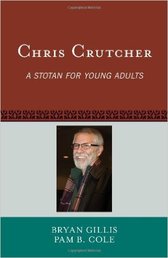
I was a teacher by day, and a doctoral student by night. It was during this three-year period that my two most influential mentors, and rock stars of the YAL world, Drs. Jim Blasingame and Alleen Nilsen, shared their knowledge and wisdom with me. They helped me understand the power of YAL to motivate and engage students through verisimilitude- the degree to which a story creates the appearance of truth. What I learned was that this verisimilitude not only motivated students to read but also improved comprehension skills by allowing them to make critical text-to-text, text-to-world, and text-to-self connections.
In 2008, I accepted a position at Kennesaw State University (KSU) and immediately made it my mission to ensure that each and every one of my teacher candidates understood the power of YAL to transform their future students' lives. I wanted them to know that well-written YAL, stories that contain a young adult protagonist, a young adult perspective, relatable young adult language and issues relevant to adolescents, have the potential to make positive and enduring impacts on both the cognitive and socio-emotional development of middle and high school students.
Soon after arriving at KSU, I was blessed with a third mentor in Pam Cole, the co-author of my first book, Chris Crutcher: A Stotan for Young Adults. As I was writing the last chapter of the book, which includes a discussion of how Crutcher addresses sexual content in his most recent novel, Period 8, my editor Patty Campbell suggested that I consider writing an entire book on sexual content in young adult literature. Motivated by a fascination with and respect for the genuine way in which Crutcher handled sexual content in his novels and short stories, the possibility that other YA authors also dealt with sex and relationships in the same manner, and a hope that the book might give classroom teachers the courage to engage their students in conversations about sex, I set out to write _Sexual Content in Young Adult Literature: Reading between the Sheets.
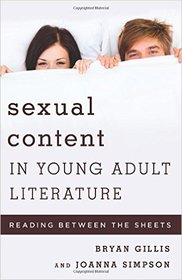
Adolescence is a difficult time for students. Beginning in middle school and continuing into high school, the central focus of an adolescent's world shifts from home and parents to school, friends, and peers, manifested in an increase in social interactions both inside and outside of school. Adolescents manage the social circumstances that arise in their lives with less assistance from parents and significant adults and are more capable of making moral and ethical choices, choices that often guide their actions. Relationship building is an important part of adolescence and the nurturing of these relationships plays a crucial role in the development of adolescents' identity. However, the characteristic that is arguably the most often associated with adolescence is an intense curiosity about and interest in sex, and although sexual images and messages abound in the media, there is controversy in the United States about how much and what kinds of exposure to formal sexuality information teens and preteens should have.
As a classroom teacher, I recognized early on that having discussions about sex with adolescent students was not an easy thing to do. The most significant adults in a teen's life are typically the most credible sources for accurate information about sex; unfortunately, I soon discovered that neither the adults nor the teens for whom they are responsible were comfortable having these conversations. Thus, the adolescents in my charge acquired most of their sexual "knowledge" from peers. Their questions were never about basic biological facts. Students had questions about emotions and relationships, and because discussions about sex in a school setting has always been and continues to be taboo, a teacher's only recourse is to conduct discussions that take place in the context of a sex education program.
Young adult literature with sexual content provides teachers with opportunities to introduce and discuss fictional relationships that sometimes involve sexual situations. Because these stories possess verisimilitude, authentic, yet safe discussions can take place. And as a bonus, language arts skills such as tone, mood, characterization, plot, setting, theme, and figurative language elements can also be introduced and reinforced because the sexual situations in which authors place their characters are often inextricably linked to these key story elements.
Sexual Content in Young Adult Literature: Reading between the Sheets examines sexual material in canonical, historical, dystopian, romantic, and realistic contemporary fiction for
teens. The book explores sexual identity development and discusses the constructive influence that realistic representations of teen sexual behavior through YAL can have on that development. A myriad of texts and examples are provided to help parents, teachers, and librarians better understand the positive role that sexual content in YAL can play in the socio-emotional and academic development of adolescents. The book concludes with an overview and analysis of censorship in YAL.
Konigsberg, Bill. Openly Straight. New York: Arthur Levine, 2013.
The protagonist moves to a new school and decides not to tell anyone he is gay in order to determine if people will treat him any differently. Brilliant premise and truly authentic portrayal of some pretty awkward sexual moments. The connection between love and sex is an important theme.
Leveen, Tom. manicpixiedreamgirl. New York: Random House, 2013.
A realistic look at first love through the eyes of an extremely likeable and relatable teenage male protagonist. The dialogue, especially when expressing sexual tension, is brilliant. The message that love and sex are inextricably linked, however, is what makes this story great.
Mesrobian, Carrie. Sex and Violence. Minneapolis: Carolrholda Books, 2013.
Initially unlikeable sexual predator becomes the victim. The sex scenes paint the main character as a young man who is confused. He comes across as respectful and caring in most situations, but when it comes to relationships, especially ones with the opposite sex, he has learned that intimacy can be harmful, resulting in his inability to make any meaningful connections between sex and love.
Rowell, Rainbow. Eleanor and Park. New York: St. Martin’s Press, 2013.
This atypical romance, told through dual narratives, enables readers to gain unique insights into the minds of both the male and female protagonists. The author does not include what most readers would consider sexually explicit descriptions, but what she does describe is extremely intense.
Smith, Andrew. Grasshopper Jungle. New York: Dutton, 2014.
The sex in is not limited to humans. If giant praying mantises are going to take over the world, they will need to procreate. This insect sex serves as a grim reminder that sex has consequences. However, even as the world is coming to an end, the three teen protagonists’ sexual decisions are informed and motivated by love, passion, and even a mild sense of purpose amidst the chaos.
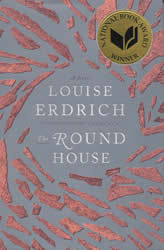
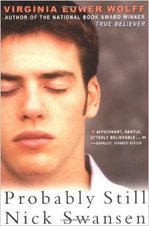
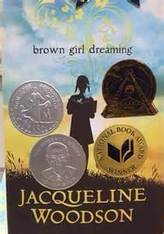
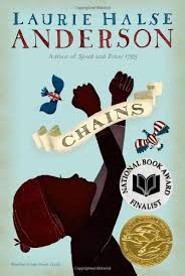
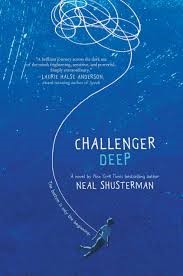
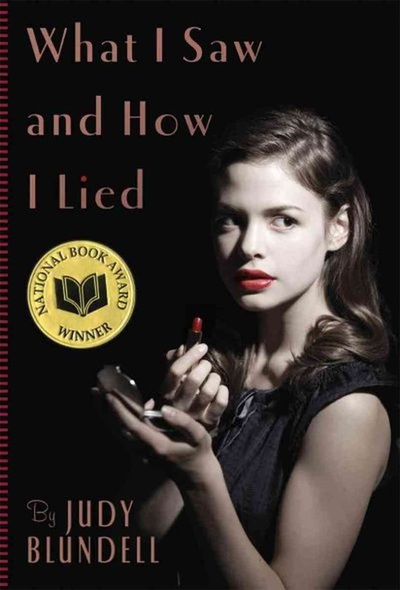

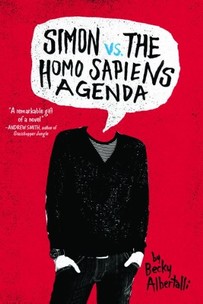
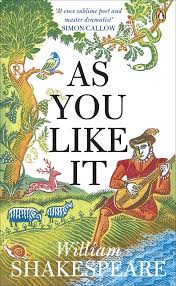
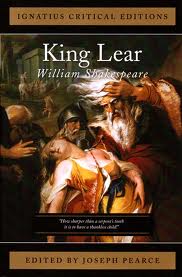
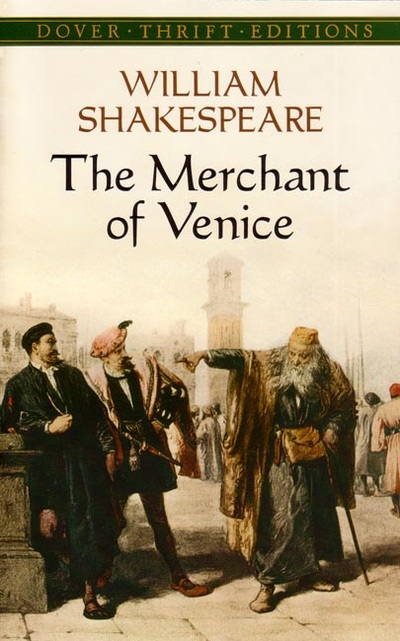
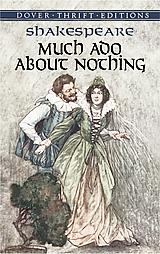
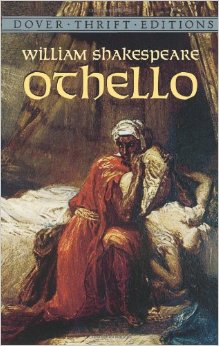
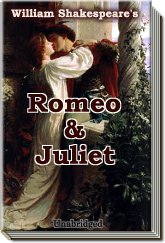
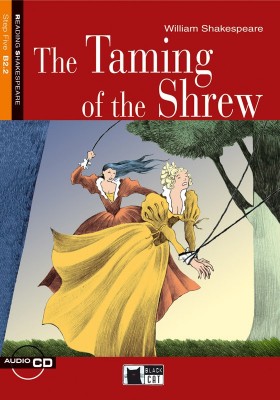
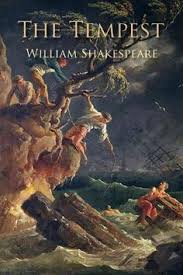
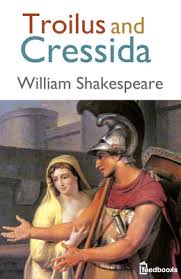
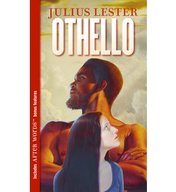
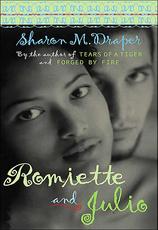

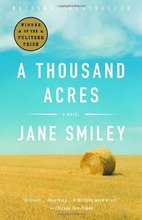
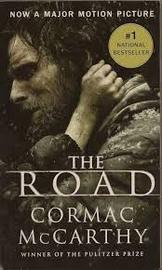

 RSS Feed
RSS Feed